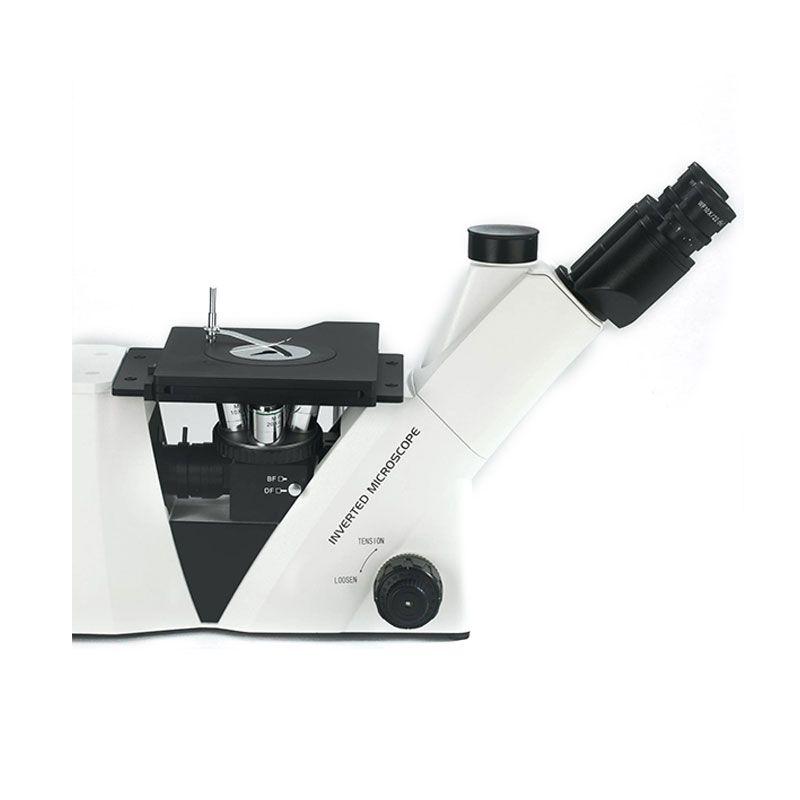An expert tool used for examining the microstructure of metals and other opaque materials is a metallurgical microscope. It is utilized in a wide range of academic fields, including production, quality assurance, study, and instruction. To use a metallurgical microscope, follow these steps:
l Prepare the sample. For the best results, carefully prepared metallographic samples are required. The sample must be ground and polished until it has a smooth, shiny surface. Metallographic samples can be prepared using a variety of techniques, depending on the type of material and the information you hope to learn.
l Set the sample down on the stage. The platform that supports the sample is known as the stage. Make sure the sample is safe and that it is centered on the stage.
l Adjust the focus. Utilize the microscope's focus knobs to change the focus until the sample is plainly seen.
l Change the lighting. Metallurgical microscopes illuminate the sample using reflected light. Once the sample is well-lit, adjust the illumination's brightness and contrast. To get the best possible image, the microscope's aperture might also need to be changed.
l Select the appropriate objective lens. A variety of objective lenses with various magnifications are generally used in metallurgical microscopes. Choose an objective lens with the appropriate magnification.
l Reposition the eyepieces. Eyepieces, or the lenses you use to observe the sample, are the term. Get into a comfortable viewing posture by adjusting the eyepieces.
l Examine the sample. The sample can be examined after you have adjusted the focus, light, and objective lens. Keep an eye out for any flaws or odd characteristics. In order to facilitate future study, you could also want to record images or videos of the sample.
Among the industries that use metallurgical microscopes are production, quality control, research, and education. You may have more job alternatives if you know how to use a metallurgical microscope. Metallurgical microscopes can be used to determine a metal or alloy's phases, grain size and distribution, defects, and the results of heat treatment. Using this knowledge, new materials and procedures can be developed as well as the properties of metals and other opaque materials. Understanding how to use a metallurgical microscope is essential.



